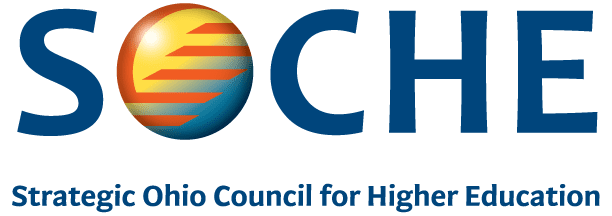“Out of a dark cloud can emerge a ray of brightness,” so goes a familiar saying. COVID-19 has caused unprecedented disruption to the previously well-laid plan for higher education. Due to the pandemic lockdown and the several accompanying restrictions, higher education has explored and implemented alternate modes of delivering education. We have discovered and leveraged new ways of using previously-scoffed-at remote learning tools. The forced discovery of these various tools’ efficacy has created new opportunities to reflect on and revitalize education delivery strategies. When an opportunity knocks, we should open the door, grab the opportunity, and bring it within our folds.
Higher education is the nexus of technical and non-technical workforce development. Organizations such as SOCHE serve as the anchor for ensuring that higher education processes remain adaptive and responsive to emerging opportunities in the content of education and in the modes of delivering education. New requirements for work-at-home, study-at-home, and learn-remotely protocols demand that we remain vigilant and open to new post-COVID ways of educating, training, and engaging students while remotely mentoring and advancing workforce development.
With hope that from the development of coronavirus vaccines, we may see the post-COVID world very soon. We need to develop workforce development strategies that will be effective in this new world. What might be the future post-COVID employment opportunities? What do employers need and want in the post-COVID world? Here are some strategies that educators can use to prepare for the future:
- Educators aspire to reduce the traditional credit-hour benchmarks to include new skill sets into graduation requirements, thus allowing students to graduate faster each year. The changes brought on by COVID bring the opportunity to revitalize higher education curricula on a vast scale. In consultation with employers, faculty can teach lessons using real-world projects and problems students may see on-the-job. Higher Education Institutions can restructure class scheduling requirements to facilitate student internships.
- Employers need a qualified, innovative, and efficient workforce, with many seeking employees with a few certificates rather than extra educational credit hours. Certifications are a small addition to incorporate into the higher education curriculum without compromising college degrees’ basic education requirements. Certificates are available without extending graduation time and are the “cherry on top” of a future, well-rounded employee.
The DEJI Systems Model provides a strategy for restructuring engineering curricular design, evaluation, justification, and integration. This model applies to other non-engineering educational programs and offers a coherent platform for integrating post-COVID efforts in teaching, engaging students, mentoring, and instituting agile workforce development programs.
Higher education curriculum needs modification to incorporate relevant certification and real-world, on-the-job problems within classrooms. This curriculum design will strengthen ties between universities, community colleges, vocational tech schools with the businesses that will one day employ their graduates.


